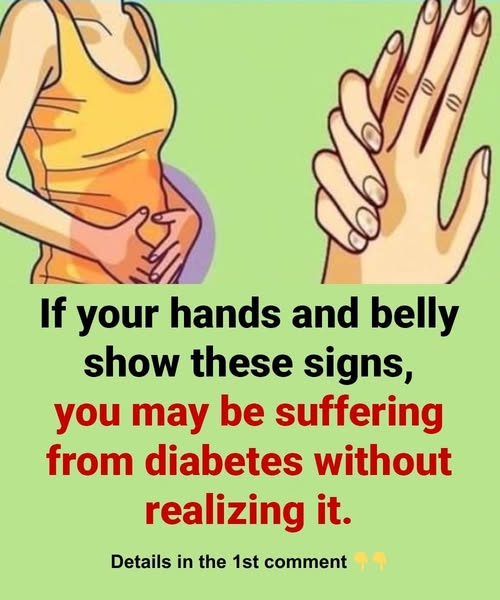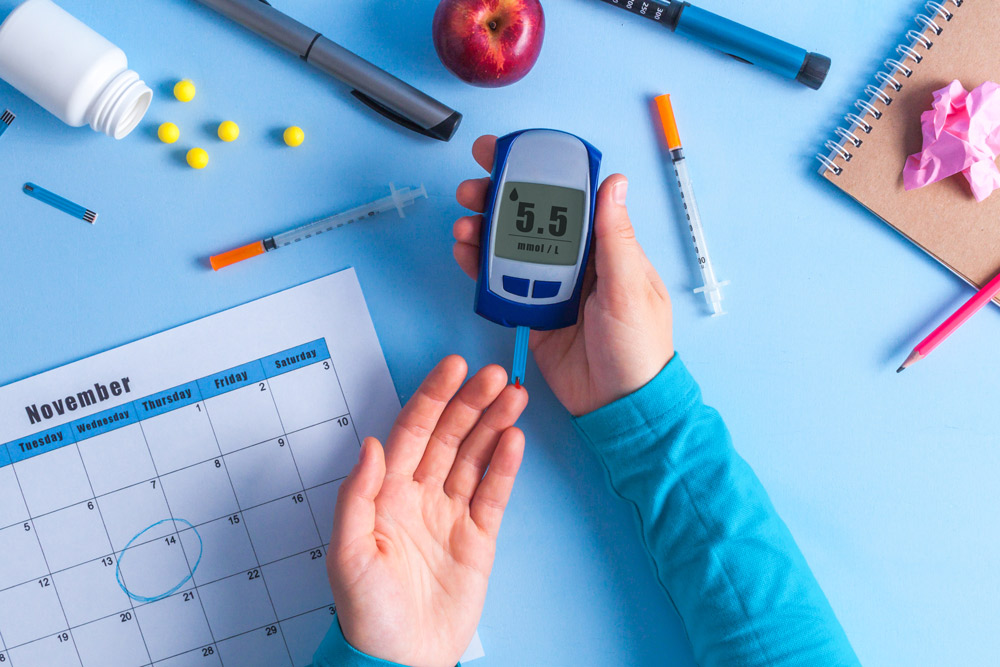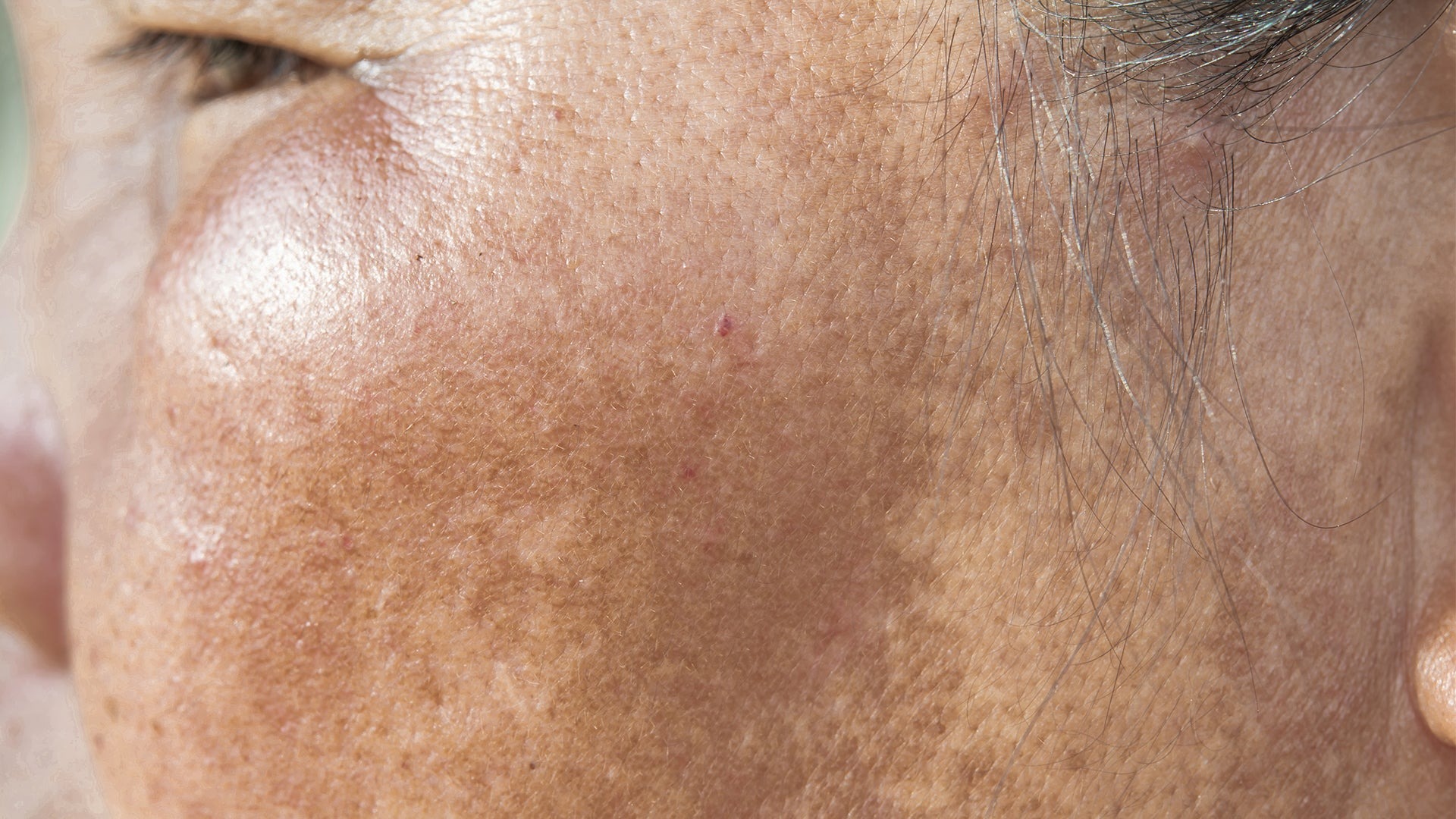
Diabetes is a long-term health condition that impacts how your body uses insulin, leading to elevated blood sugar levels. In its early stages, the symptoms can be mild or easily overlooked.
But if diabetes goes undiagnosed and untreated, it can negatively affect both your health and your lifespan. That’s why catching it early is so important.
Below are some of the most common early warning signs of diabetes that can help you identify the disease before it worsens.

1. Persistent Itching
High blood sugar causes your kidneys to work harder, leading to excess sugar being expelled through urine. This process draws moisture from your tissues — including your skin — leaving it dry and irritated.
Constant scratching can lead to skin damage or infections. People with diabetes are also more susceptible to fungal infections, which can further contribute to itchy skin.
2. Patches of Dark Skin
A skin condition called acanthosis nigricans is characterized by dark, thickened, velvety areas, usually appearing on the neck, underarms, groin, elbows, or finger joints.
While it can happen in healthy individuals, it’s often tied to insulin resistance and may be one of the first visible signs of prediabetes or diabetes.

3. Feeling Hungry All the Time
Experiencing an unusual and ongoing hunger (known as polyphagia) is one of the three classic symptoms of diabetes. When the body can’t use insulin efficiently, it struggles to convert food into usable energy. As a result, you might still feel hungry even after eating. If your appetite has suddenly increased and meals leave you feeling unsatisfied, it’s worth talking to your doctor.
4. Tingling or Numbness in Extremities
If you feel tingling, numbness, or even pain in your hands, feet, fingers, or toes, it could be a sign of diabetic neuropathy — nerve damage caused by high blood sugar. Poor circulation and nerve damage are common in diabetes, especially in the limbs.
5. Excessive Thirst and Frequent Urination
When there’s too much sugar in the bloodstream, your kidneys try to eliminate it through urine, pulling water from the body and causing dehydration. This often leads to:
Polydipsia – constant or excessive thirst
Polyuria – frequent urination
While most people urinate between 4 to 10 times a day, any sudden increase in frequency may be worth checking out.

6. Constant Fatigue
People with diabetes often feel drained for several reasons, including:
Lack of glucose getting into the cells to provide energy
Dehydration from increased urination
Although tiredness can stem from poor sleep, stress, or diet, ongoing fatigue along with other symptoms may be a sign of diabetes.
7. Blurred Vision
Fluctuations in blood sugar can cause fluid to move in and out of the lenses in your eyes, leading to blurred vision. While this is usually reversible with proper blood sugar management, prolonged high levels can cause permanent eye damage and even lead to blindness.
8. Sudden Weight Loss
Losing weight without any changes to diet or exercise routines can be an early red flag. When the body isn’t able to use glucose for energy, it turns to burning fat and muscle instead. Additionally, fluid loss from urination contributes to rapid weight loss. Though more typical in type 1 diabetes, it can also occur in type 2.

9. Slow-Healing Wounds
When blood sugar levels are consistently high, the body’s natural ability to repair itself is impaired. This can result in:
• Slower wound closure
• Poor circulation
• Increased inflammation
This is especially concerning for injuries on the feet, which may lead to ulcers or more serious infections if left untreated.
Final Thoughts
Diabetes is a life-altering condition, but catching it early can make a significant difference. If you’re experiencing any combination of the symptoms listed above, don’t delay — speak with a healthcare provider. Early diagnosis gives you more treatment options and helps you maintain a healthier, longer life.